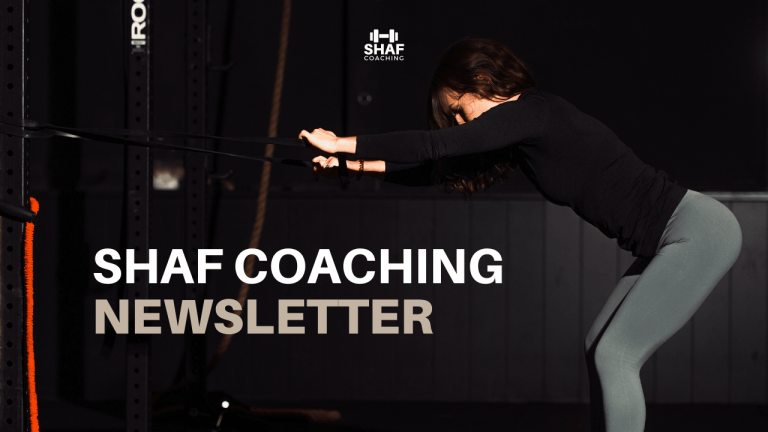Happy Humpday – Let’s talk about something you’ve probably seen at the gym—or maybe even tried yourself: foam rolling.
You’ve seen people slowly rolling back and forth on a hard cylinder, often with a pained expression that makes you wonder: Is this helping—or just torture disguised as recovery? Well, let me explain some of the science behind foam rolling and myofascial release.
🧠 What Is Foam Rolling, Really?
Foam rolling is a form of self-myofascial release—a technique aimed at releasing tension in the fascia, the connective tissue that surrounds your muscles. Think of it as DIY massage.
When you roll over tight areas (often called “trigger points”), you apply pressure to the fascia and underlying muscle. This pressure is believed to help reduce stiffness, improve blood flow, and even enhance your range of motion.
But is there real science to back that up?
🔬 What the Research Says
Foam rolling has been studied quite a bit in recent years, and while it’s not a miracle fix, it does have some evidence-based benefits:
- ✅ Improves short-term flexibility
Studies consistently show that foam rolling can temporarily improve range of motion without decreasing strength—unlike static stretching before a workout.
- ✅ Reduces muscle soreness (DOMS)
If you’ve ever hobbled around two days after leg day, you’ll appreciate this one. Foam rolling after exercise can modestly reduce delayed onset muscle soreness.
- ✅ May improve performance—indirectly
While it doesn’t directly boost strength or power, feeling more mobile and less stiff can help you move better during your workouts.
Also some of the effects are neurological—your brain and nervous system react to the pressure and reduce the perception of tightness or discomfort.
❌ What It Doesn’t Do
- It doesn’t replace a proper warm-up
- It won’t magically fix injuries or significantly change your muscle structure.
- It’s not a substitute for professional physical therapy when needed.
💡 My Take as a Coach
Foam rolling won’t transform your training on its own, but it can be a valuable tool in your recovery toolkit—especially if you’re feeling tight, sore, or just need a few minutes to reset before or after a session. I love to integrate some rolling exercise into my routine.
A few tips:
- Focus on slow, controlled rolls over the muscle—not the bone or joints.
- Spend 20–30 seconds per area; no need to spend ages rolling.
- Breathe deeply while doing it—it helps calm your nervous system.
- Combine it with mobility work for best results.
✅ Bottom Line
Foam rolling is not magic, but it works—if you use it with purpose. It’s a small investment of time that can help you move and feel better, especially when paired with smart training and good sleep.
So next time you’re on the mat with your foam roller, take it as a moment to check in with your body.
Train and roll smart
You need help integrating foam rolling into your fitness routine?
Then sign up for a free consultation. You can find the link below on the black icon or HERE. 🖤





